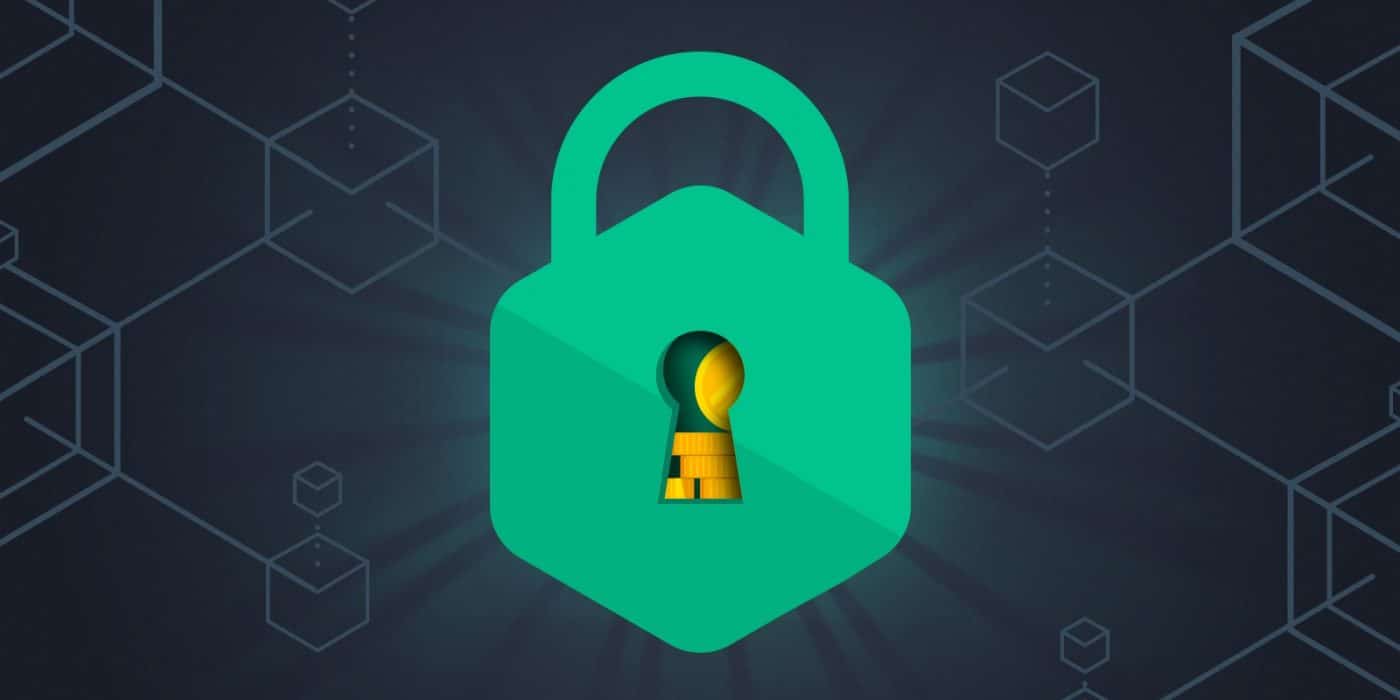Staking cryptocurrency has evolved as a popular method of generating investment income in the crypto-asset markets. However, staking, like all sorts of investing, is not without danger. This tutorial will teach you about the major staking dangers as well as rewards, platforms, tax practices, and calculators so that you know precisely what you’re getting into if you decide to stake your crypto.
We already have a detailed post on crypto staking but for convenience sakes, let’s go over the definition once more.
What is cryptocurrency staking?
Cryptocurrency staking is the process of “locking up” a digital asset to operate as a validator in a decentralized crypto network to maintain the network’s integrity, security, and continuation. Stakers (validators) are rewarded with newly minted cryptos as an incentive for helping to protect the network.
The Proof of Stake (PoS) consensus mechanism, which arose as an alternative to Bitcoin’s energy-intensive Proof of Work method, has enabled staking (PoW).
In contrast to PoW networks, however, which require miners to donate processing power to secure the network, PoS crypto networks need users to stake a portion (or all) of their holdings in the network’s token to secure and maintain the network.
Most altcoins employed a PoW mechanism similar to Bitcoin’s in the early days of cryptocurrency. But in recent years, the majority of new blockchains have gotten used to employing PoS-based or inspired consensus methods.
Rewards on Crypto Staking
Staking has arguably grown in popularity because it allows crypto holders to earn far greater APYs than regular savings accounts or money market funds.
Basically, you can currently earn 23 percent plus APY for staking Binance Coin using Trust Wallet, for example. You can also stake Algorand (ALGO), Kava (KAVA), Tezos (XTZ), Cosmos (ATOM), and Tron (TRX) to earn 6% to 12% APY directly from your Trust Wallet app.
How to Earn Crypto Staking Rewards

Profiting from cryptocurrency staking is simple. All you have to do is put your coin in/on the relevant wallet or platform and wait for the results.
However, if you want to optimize your earnings, you need pay attention to the interest rates available and utilize a crypto staking calculator to determine whether you are satisfied with the prospective benefits.
Keep in mind that you cannot make use of Bitcoin while staking. Check our complete guide on crypto staking to find out other coins asides from the aforementioned.
What You Should Know Before Staking
While staking cryptos like Ethereum, or USDT is simple, there are a few things you should know ahead of time.
#1. Your Crypto Staking Platform must be Trustworthy
As previously said, you should always select a crypto staking platform with a strong reputation. This will protect your funds and help ensure you receive the advertised staking returns.
Examine the platform’s repute by reading reviews. You should also consider its history, as well as the backgrounds and experiences of its staff members.
This is also the best time to investigate how the site earns the crypto to give you interest. The platform should have a dependable strategy that has been demonstrated to be effective and is not overly dangerous.
#2. Lock-Up Time
Every crypto staking platform is a little different. Some will force you to lock up your cryptos for a specified period of time, which means you will be unable to withdraw them during that time. Others will allow you to select your lockup duration or perhaps opt out entirely.
Consider how long you can go without your crypto assets before deciding on a lockup period. Also pounder over your future intentions—whether you want to be able to trade or buy something with it.
This is less important if it is a long-term investment and you have no urgent goals. However, you should still account for potential changes in your plans.
#3. Interest Rates
You should also think about the interest rate for your crypto staking platform, as this has a direct impact on the outcomes of your staking rewards calculator. A higher interest rate yields more profits. You should also consider how often that interest rate is compounded.
Ideally, you want a daily compounding interest account.
What to Expect in Terms of Rewards Staking Cryptos
If you lock up your crypto for a longer period of time, the better platforms will give a larger interest rate. This means you should experiment with a crypto staking calculator to find the best balance for you between a high interest rate and a lockup time you can live with.
How taxes on cryptocurrency mining and staking are calculated
Crypto mining and staking both attract taxes at the end of the day. In other words, if you mined bitcoin or other cryptocurrencies or obtained incentives for crypto staking, you must pay income tax on your earnings.
In the United States, crypto mining is to be regarded as regular income based on the overall fair market value of the currency at the time of receipt, according to IRS guidance. This means that mining profits are taxed as income rather than capital gains.
For example:
On March 14 of this tax year, you receive 0.5 BTC from bitcoin mining.
On this date, BTC is worth $36,932.70 per coin.
For that particular returns, you are accountable for $18466.35 (0.5 * $36,932.70).
The price basis for the 0.5 BTC is therefore determined to be $18466.35. When you sell, exchange, or spend this 0.5 BTC, you realize any capital gain or loss dependent on whether the price rises or falls from its cost basis.
The same is true for staking rewards obtained using proof of stake currencies. Any cryptocurrency received as staking rewards should be treated as income, and the cost base should be adjusted accordingly.
How to compute cryptocurrency mining and staking taxes
Every time you got mining or staking rewards, you must know the fair market value at the moment of receipt. The total income for the tax year is then reported on your tax return.
It’s fine if you haven’t been keeping track of the time and value of each reward. Many people use crypto staking tax calculators to automatically import their mining data and calculate fair market values.
Here some prominent Crypto Staking calculators for evaluating taxes. However, take note of the fact that I am not really endorsing them, they are just suggestions you could try out.
These are just a few of them, there are tons of other options you could also try out.
Risks of Staking Cryptos
Like I have always said, while crypto staking can provide crypto investors with above-average returns, you should also be aware of a variety of hazards associated with the process. Let’s talk about a couple of them.
#1. Market Risks
The most significant risk that investors face when staking cryptocurrencies is the possibility of a negative price fluctuation in the asset(s) they are staking.
If, for example, you earn 15% APY on an asset but it loses 50% of its value over the course of the year, you will still have made a loss.
Crypto investors must therefore tread cautiously when deciding which assets to stake and should avoid selecting a staking asset on just the basis of an APY estimate.
#2. Risk of Liquidity
Another risk to consider is the liquidity — or illiquidity — of the asset you plan on staking.
For instance, if you are staking a micro-cap altcoin with little liquidity on exchanges, it may be difficult to sell your asset or convert your staking returns into bitcoin or stablecoins.
Liquid assets with high trading volumes can be staked on exchanges to reduce liquidity risk.
#3. Lockdown Durations
Some stakable assets have locked periods in which you are unable to access your staked items. Tron and Cosmos are two such examples.
If the price of your staked asset falls significantly and you are unable to unstake it, your overall returns will suffer.
Staking assets without a lockup period is one way to reduce lockup risk.
#4. Duration of Rewards
Some staking assets, like lockup periods, do not pay out staking rewards on a daily basis. As a result, crypto stakers must wait for their rewards.
If you “HODL” and stake for the entire year, this should have no effect on your APY. However, it will shorten the amount of time you have to reinvest your staking rewards in order to earn a higher yield (either by staking or by deploying assets in DeFi protocols).
Investors can choose to stake crypto assets that pay daily staking rewards to mitigate the negative effects of long reward durations on their overall crypto investment returns.
#5. Validator Risks
Running a validator node to stake a cryptocurrency requires technical expertise to ensure that the staking process runs well. To maximize staking payouts, nodes must be completely operational at all times.
Furthermore, if a validator node (inadvertently) misbehaves, you may suffer fines that reduce your overall staking returns. In the worst-case scenario, validators’ stakes could be “slashed,” resulting in the loss of a portion of the staked tokens.
To reduce the risks associated with staking using your own validator node, you could delegate your stake to a third-party validator. There are tons of validators at your disposal including Trust wallet, Coinbase, and so on.
#6. Validator Fees
There are costs associated with staking cryptos, in addition to the risk of maintaining a validator node or using a third-party service to stake.
Operating your own validator node incurs hardware and electrical costs, whereas staking through a third-party provider often costs a few percentage points of the staking rewards.
Costs are something that crypto investors must keep an eye on in order to avoid eating too much into their gains.
#7. Theft or Loss
Finally, if you do not pay appropriate attention to security, there is always the possibility that you may lose your wallet’s private keys or that your assets will be stolen.
Whether you are staking or simply “HODLing” your digital assets, backing up your wallet and storing your private keys safely is critical for safe digital asset storage.
Furthermore, it is preferable to stake using apps in which you hold the private keys rather than custodial third-party staking platforms.
Which Crypto Has Highest Staking Rewards?
Cosmos (ATOM): High APR, No Minimum Amount
As a delegator, ATOM has the best stake rewards on this list, with an APR of 19.14%. There is no minimum amount, and all you have to do is keep your token locked up for at least 21 days.
What Rewards Do You Get for Staking Crypto?
Staking can give you a return of 4% to 10% or more per year (APY). Some of the most popular blockchains offer yield rewards in the form of their own cryptocurrency (like ETH or SOL) to encourage users to stake their crypto.
Can You Lose Crypto by Staking?
Still, if you give your stake to a malicious node, you could lose it all. So this is one of the crypto mistakes you should try to avoid. You lose part of what you put in. You could also lose some of your crypto if you stake, but not all of it.
How Are Crypto Staking Rewards So High?
When you stake your cryptocurrency, it earns rewards because the blockchain puts it to work. Proof of Stake is a “consensus mechanism” that cryptocurrencies that allow staking use to make sure that all transactions are verified and safe without a bank or payment processor in the middle.
Can Staking Crypto Make You Rich?
The main reason to stake is to earn more cryptocurrency, and interest rates can be very high. You can make more than 10% or 20% per year in some situations. It could be a very good way to put your money to work. And all you need is a type of cryptography called “proof-of-stake.”






